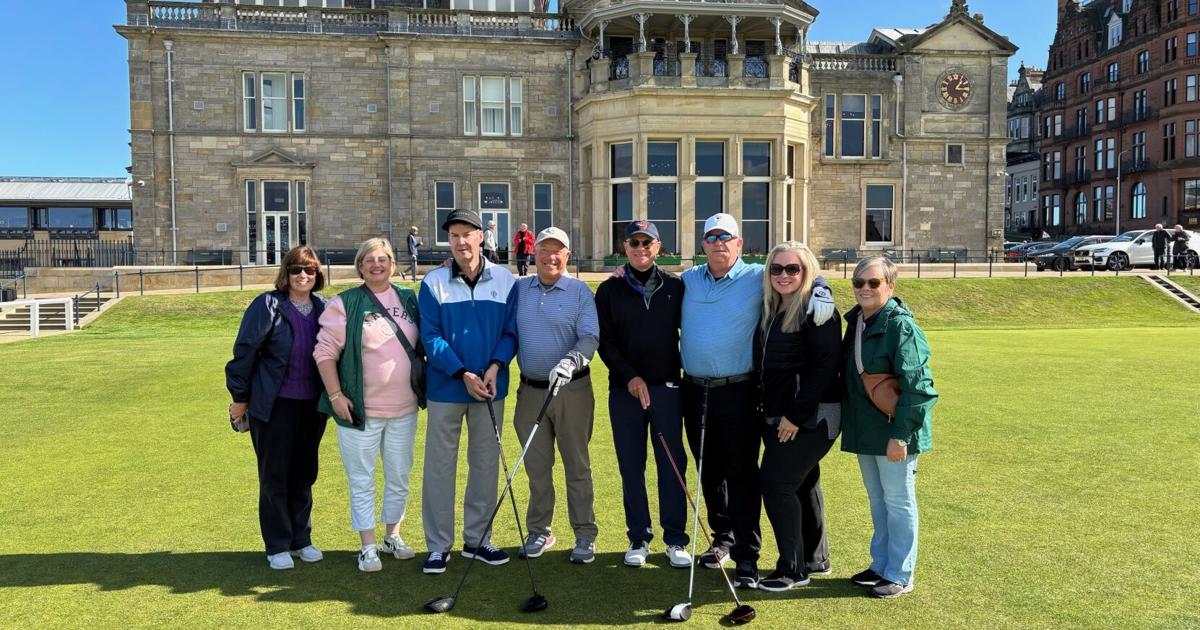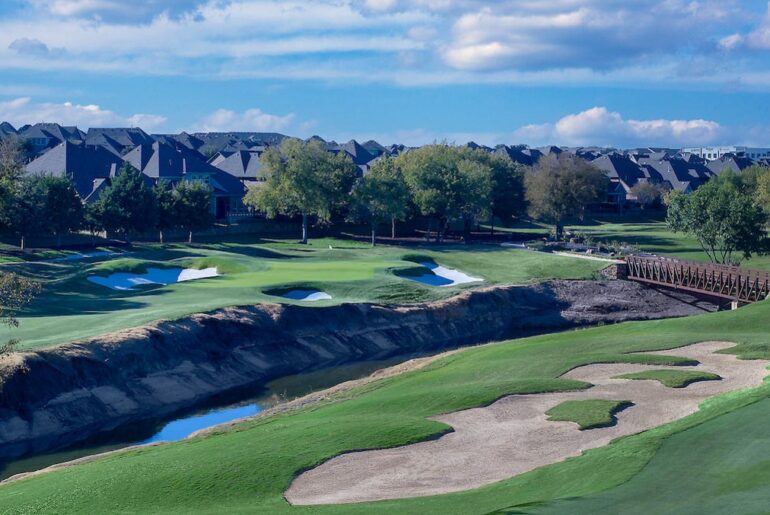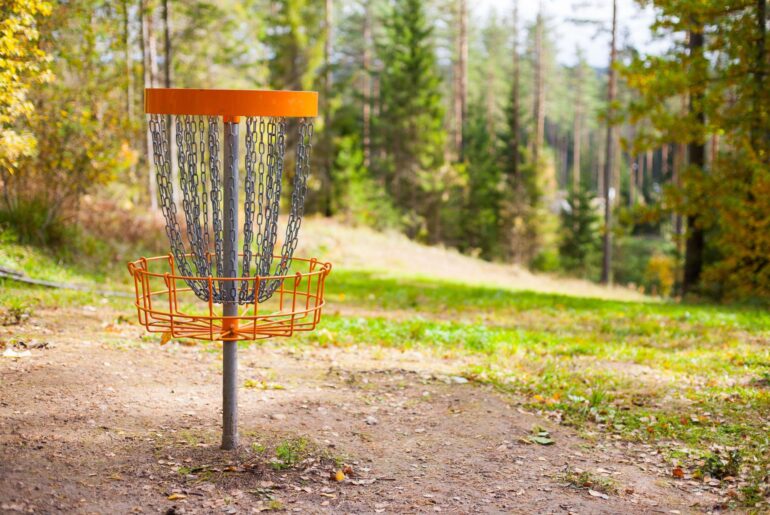The 17th at the Old Course is known as the “Road Hole” because of the road that runs behind the green. You tee off over the hotel and then do everything in your power to avoid the diabolical bunker that guards the left side of the green. After a couple of wayward shots left, I finally got on the green and avoided the bunker and the road.
The final hole at the Old Course is short by modern standards. In my mind, I had visions of slipping off my jacket ala Nicklaus in 1970 and blasting a drive over the green. “Driver was too much club,” Nicklaus once quipped about his famous playoff victory that year.
Our wives had joined us for the last couple of holes. After hitting our tee shots, we all posed for photos on the Swilcan Bridge.
My tee shot was far from the green, but I did manage to get my second shot into the Valley of Sin, the depressed area in front of the green. From there, I hit a decent birdie putt that ran a few feet away.
Now, the pressure was on. Spectators hang around the 18th hole at the Old Course to watch golfers finish, and there might be a wager or two.
But I rolled my par putt into the center of the cup, and basked in the glow of the applause from those assembled. It was the perfect ending to a perfect day.
I couldn’t help but think about what golf writer Dan Jenkins once put on paper.
“As long as a man has to go for a walk on a golf course, there is hardly a better place than straight up the last fairway at St. Andrews, where one is surrounded by 500 years of history and embraced by the buildings of the old town itself,” Jenkins wrote.
Indeed.
We played one other round of golf during our brief stay. The Jubilee Course traces its origin to 1897 and is one of a handful of courses operated by the Links Trust.
It was a fun course and we had many memorable moments, including a hole-out eagle by Alan Ryder on the par-4 14th.
There are plenty of other great courses in the vicinity, but we simply didn’t have time to see them all.







